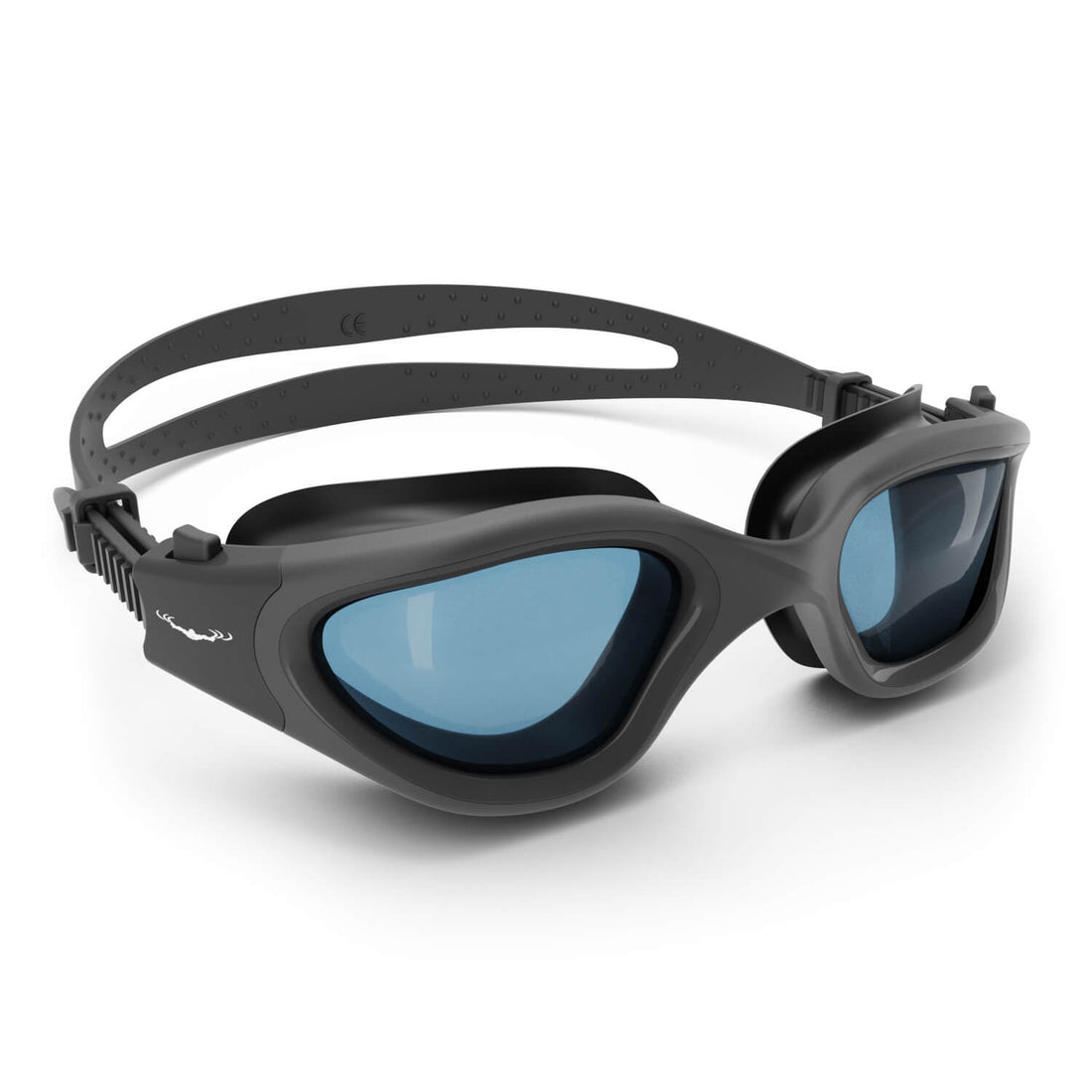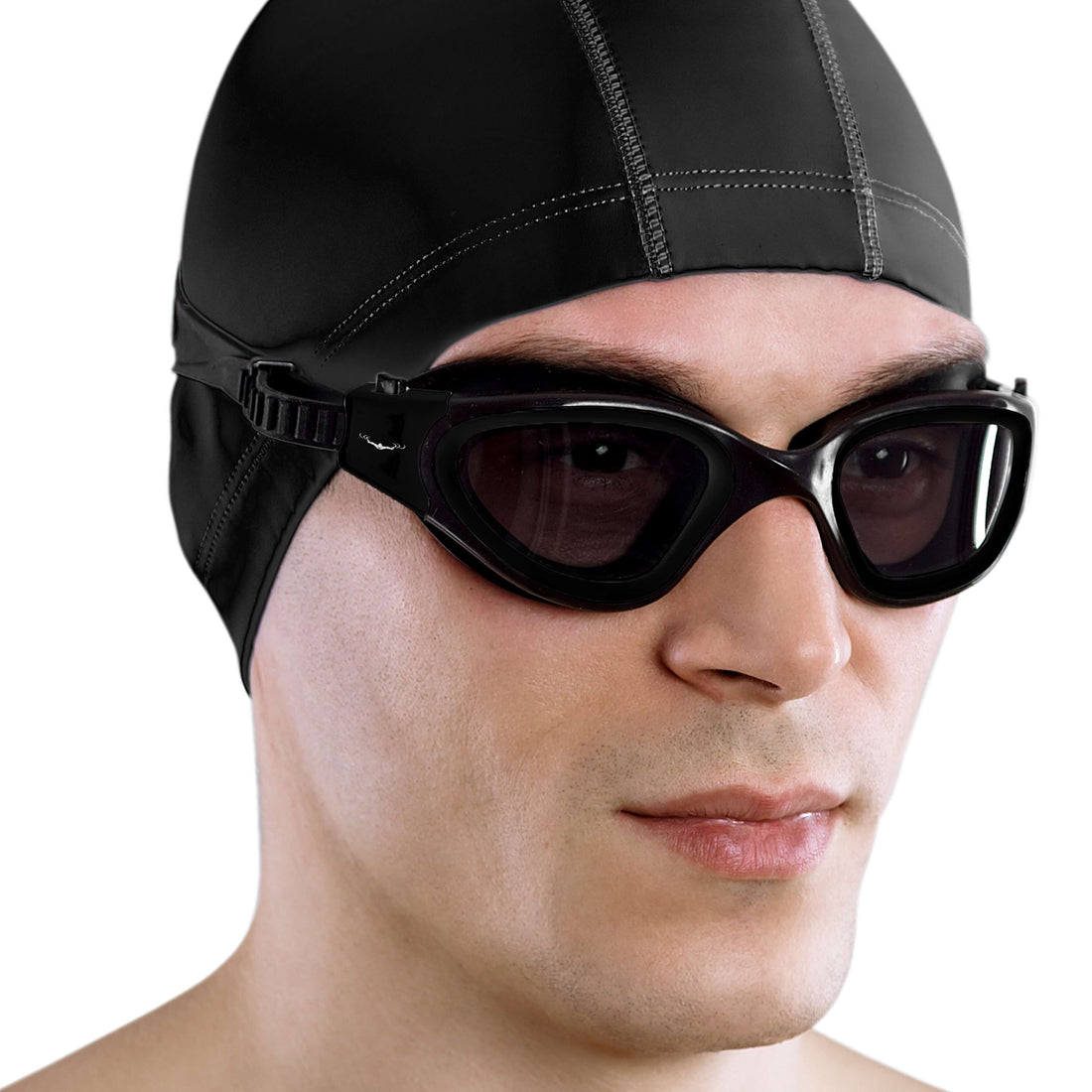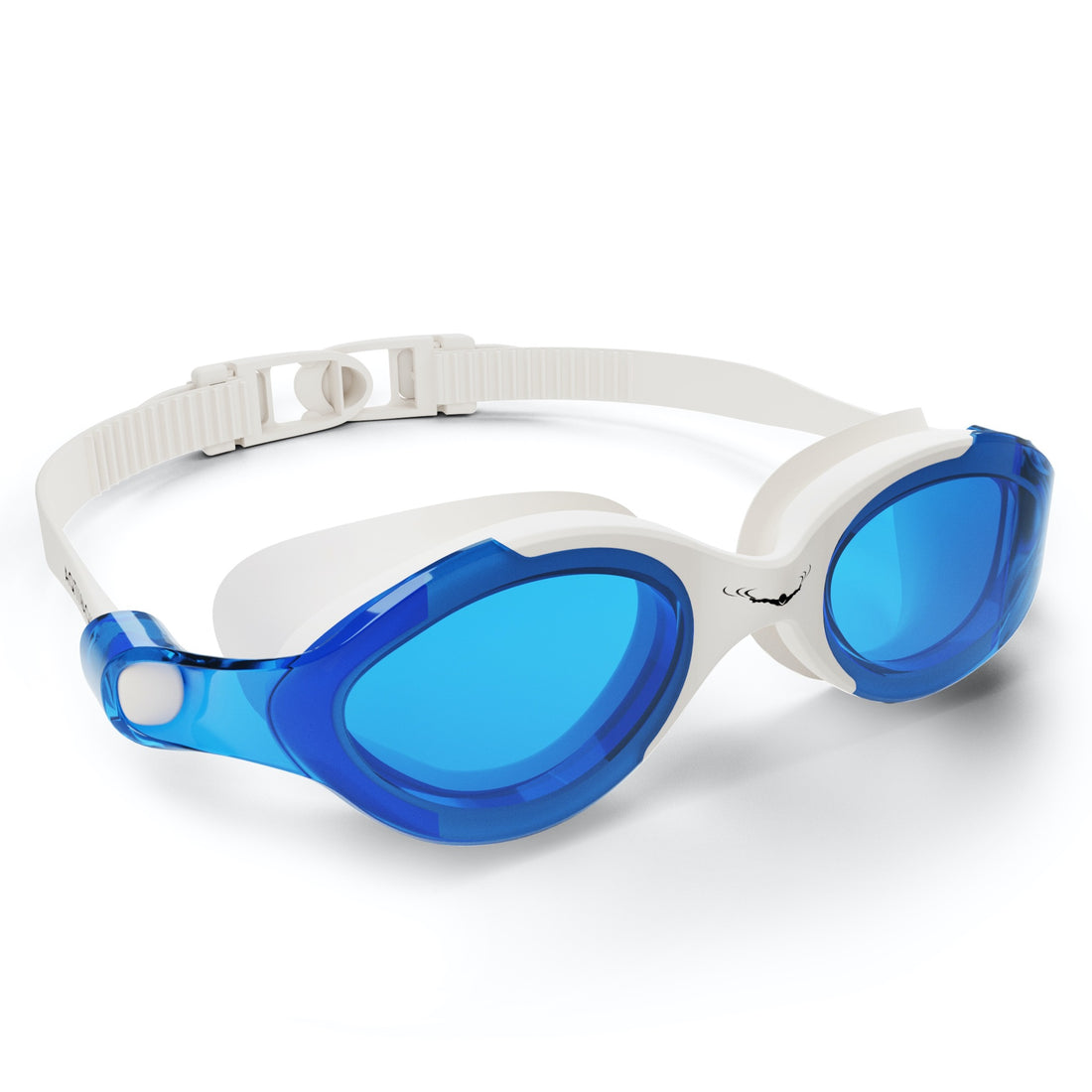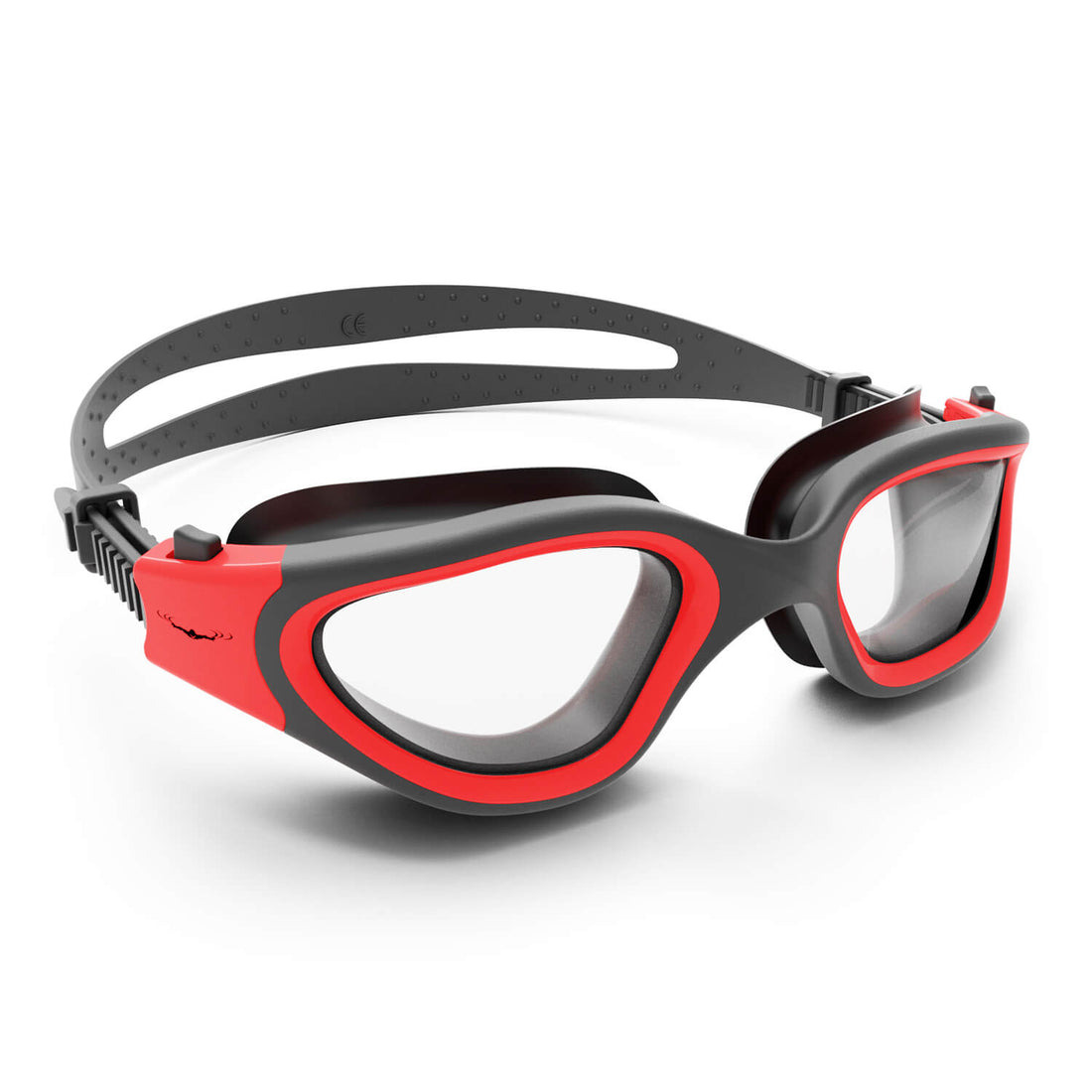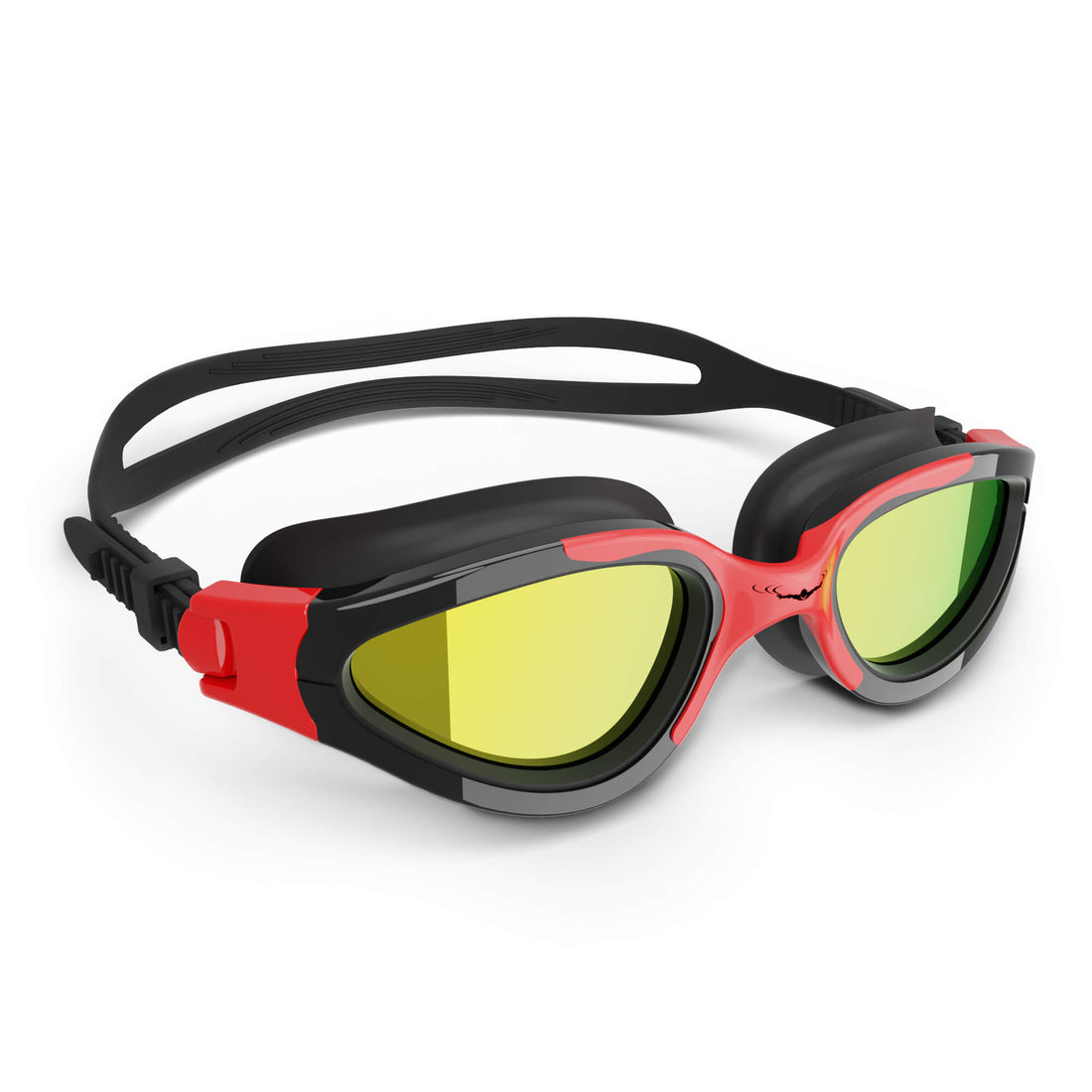Swimming is a fantastic low-impact exercise that offers a wide range of physical and mental health benefits. However, for individuals recovering from injuries, diving back into the pool can be a daunting challenge. In this guide, we'll explore effective rehabilitation strategies for swimming with injuries to help you navigate your recovery journey with confidence and safety.
Understanding the Benefits of Swimming
Before diving into specific rehabilitation strategies, let's first highlight the numerous benefits of swimming as a form of exercise. Whether you're dealing with a shoulder injury, knee pain, or lower back issues, swimming provides a unique environment that supports rehabilitation without placing excessive strain on your body.
Consulting with a Healthcare Professional
Prior to returning to swimming after an injury, it's crucial to consult with your healthcare provider or physical therapist. They can provide personalized advice based on your injury type, current condition, and recommended exercises to promote safe and effective rehabilitation.
Gradual Return to Swimming
When resuming swimming post-injury, it's vital to start slowly and gradually increase the intensity and duration of your sessions. Begin with gentle strokes and gradually incorporate more challenging movements as your body adapts and strengthens.
Utilizing Swim Aids
Swim aids such as swim goggles, swim caps, and swim ear bands can enhance your swimming experience and provide added comfort and protection, especially during the rehabilitation phase. Investing in quality swim gear can make your sessions more enjoyable and effective.
Focus on Technique and Form
During the rehabilitation process, pay close attention to your swimming technique and form. Proper body alignment, breathing control, and stroke mechanics can help prevent further injuries and promote efficient rehabilitation of the affected area.
Incorporating Water-Based Exercises
Aside from traditional lap swimming, consider incorporating water-based exercises such as water aerobics, water jogging, or water yoga into your rehabilitation routine. These activities can offer variety, challenge different muscle groups, and promote overall fitness.
Listening to Your Body
One of the most critical aspects of swimming with injuries is listening to your body. Pay attention to any signs of discomfort, pain, or fatigue during your swimming sessions. If you experience unusual pain or discomfort, stop immediately and consult with your healthcare provider.
Setting Realistic Goals
When engaging in swimming rehabilitation, it's essential to set realistic goals based on your current fitness level and injury status. Setting achievable milestones can help you track progress, stay motivated, and ensure a successful recovery journey.
Building Strength and Flexibility
Swimming can be a fantastic way to build strength, improve flexibility, and enhance overall fitness levels, even during the rehabilitation phase. Focus on incorporating a variety of strokes, drills, and exercises to target different muscle groups and enhance your physical conditioning.
Maintaining Consistency
Consistency is key when it comes to swimming rehabilitation. Aim to establish a regular swimming routine that aligns with your healthcare provider's recommendations and rehabilitation goals. Consistent practice can help accelerate recovery and improve your overall swimming performance.
Joining a Supportive Community
Consider joining a swimming club, group class, or online community focused on swimming rehabilitation. Connecting with like-minded individuals who are also navigating injuries can provide a sense of camaraderie, support, and motivation throughout your recovery journey.
Embracing the Journey
Rehabilitating an injury through swimming is not just about physical recovery; it's also a journey of self-discovery, resilience, and determination. Embrace the process, celebrate small victories, and remember that every lap in the pool brings you one stroke closer to full recovery and strength.



